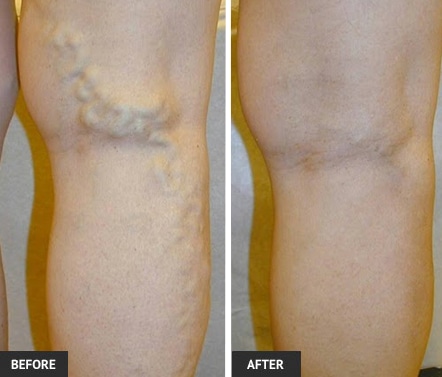You may be suffering from vein diseases such as varicose veins and are looking for a treatment that can alleviate the sometimes painful and irritating symptoms. And in the case of varicose veins, you may also want to get rid of the unsightly look of the veins, which can appear ropey, twisted, and discolored.
In the past, the main procedure for getting rid of varicose veins and other similar conditions was “vein stripping.” This is an often painful and very invasive procedure that required lengthy recovery times. Currently, a newer procedure —foam sclerotherapy—is being used and is far more effective and less invasive.
About Foam Sclerotherapy
Sclerotherapy can be used to treat both spider and varicose veins. It is a relatively simple procedure whereby a tiny needle is used to inject a solution, known as a sclerosant, into the affected veins. This solution irritates the lining of the vein, causing it to close. Sclerotherapy can be used to repair veins in the very early stages of vein disease to prevent the disease advancing into cause more serious conditions. The needle is guided into the vein via ultrasound, should the vein be at a deep level. Veins that are on the surface or more visible will not require ultrasound guidance.
Benefits of Sclerotherapy
One of the major benefits of sclerotherapy is that it can be used to treat different vein sizes. It can take several treatments to close the vein entirely; however, the results are long lasting, with the vein disappearing entirely.
Aftercare/Recovery from Sclerotherapy
Recovery after a sclerotherapy is relatively simple. Patients will be required to wear compression stockings after the procedure. These garments can reduce any possible side effects such as bruising and hyper-pigmentation. The stockings will also improve circulation, allowing the vein to properly close. While you can usually return to your normal routine, it is advised that you avoid strenuous activities for a few days immediately following the procedure.
Dr. Thomas Wright stresses the importance of properly treating vein disease early. He says, “Treating vein diseases, such as varicose veins, in the early stages can ward off the development of more serious complications such as clots and embolisms.”
We urge you to schedule a consultation with Dr. Wright and his team to get the best diagnosis and treatment.

